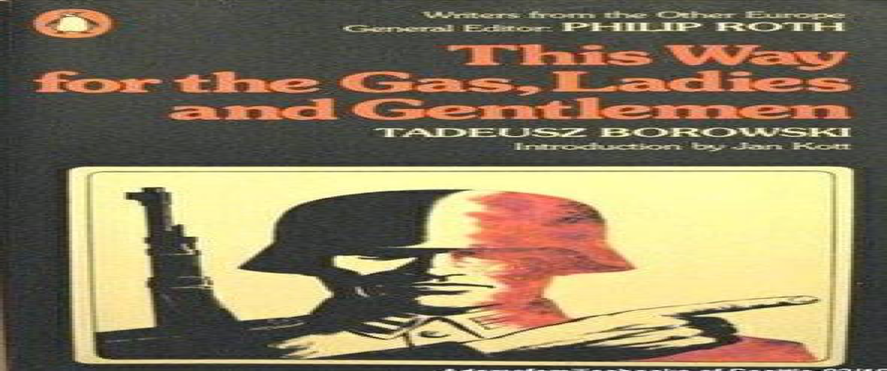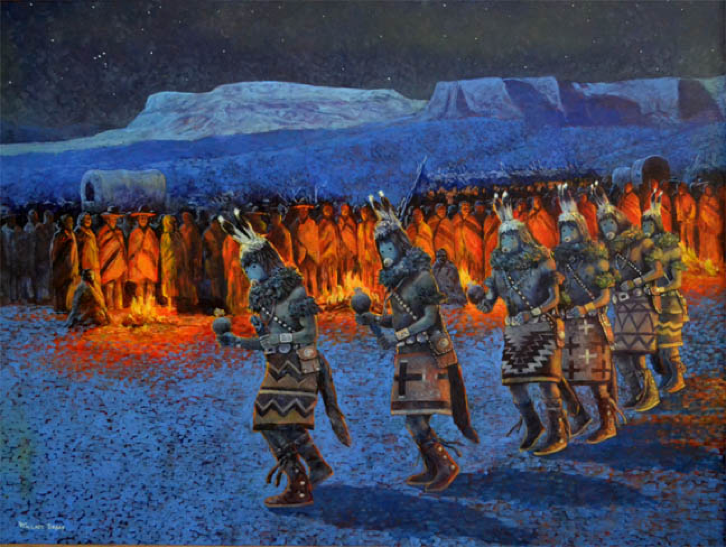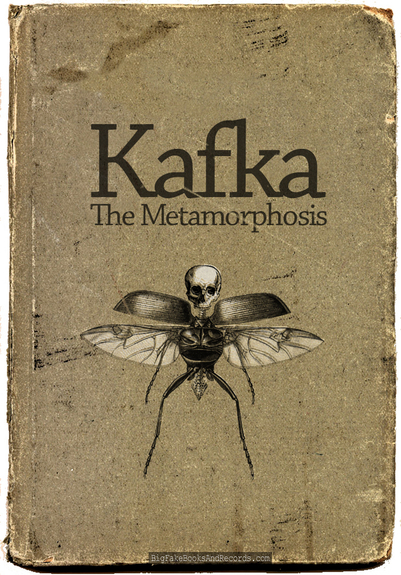As the title suggests, people can be very sealed off and keep to themselves. This is especially true in large settings such as urban cities. In times of distress, or boredom, people tend to be drawn to one another. Perhaps this is for a sense of security, or entertainment. People will do anything to keep occupied. Just a moment to one’s self can be daunting, as simply thinking is such a painful business and troublesome task (Zhang, A 1943). This can be especially true in a very large city where people feel insignificant because they are but small aspects of a very large pool; there is so much more to the surrounding than just them and their tiny influence. It is because of this, that people feel the need to keep themselves occupied, entertained, or perhaps even crave for attention so that they may feel somewhat important. I chose to examine a work by Zhang Ailing (Eileen Chang), a Chinese novelist known for her early work and as part of a literary revolution from classic Chinese writing, to a more modern approach, like western works. The work is entitled Sealed Off (1943). The story draws together two strangers in a big city, stuck in a situation which has them confined to a tram, or subway for a period. Because of the dire situation, they have both been placed in, the two are sort of drawn to each other and a sense of an alternate reality begins to take place. They almost fall in love, however the circumstances they are placed in are but temporary, and as soon as the circumstance is lifted, reality sets back in, and they realize that they must return to their normal lives. The advance is made by the man, who happens to be married. The woman becomes somewhat entranced by him, and there is a sense that he just be entertaining himself to pass the time. It is hard to tell whether he is being genuine. Many conclusions or perceptions can be drawn from this. The following link is for a short film that depicts the story of Sealed Off. It is interesting to see this played out in a short video. It remains accurate for the most part. In this version, the woman is imagining a fantasy according to Sealed off, with another male passenger. https://www.youtube.com/watch?v=2vo0H6B-27w&t=3s

Literature teachers are lucky with this one as it is a very intriguing story. It is captivating and relatable so there should be no trouble in getting the attention of young (students) readers. It is relatable in a sense that we can all feel like small, even miniscule parts of a larger existence. Moments such as what was depicted in this story can make us feel important; like we belong where we are, and our roles matter. This can speak to almost any young student, especially those within a large city or setting. It is almost like an alternative Romeo and Juliet tale, as the relationship should happen, and yet it simply cannot.
How many times have people used other people for a sense of self fulfilment? This can be one conclusion drawn from this story. Another conclusion can be that both the man and the woman were taken by each other, and yet cannot have one another. The beauty of this theme is that, as small parts of a large void, intricate and small moments can take place that are very exciting; this can be taken as sad, joyous, unfair, depressing, or thrilling. The theme of this story can convey these emotions at once, or drawn up to a single conclusion. It is up to the reader, and if read, a conclusion will surely be drawn.




















